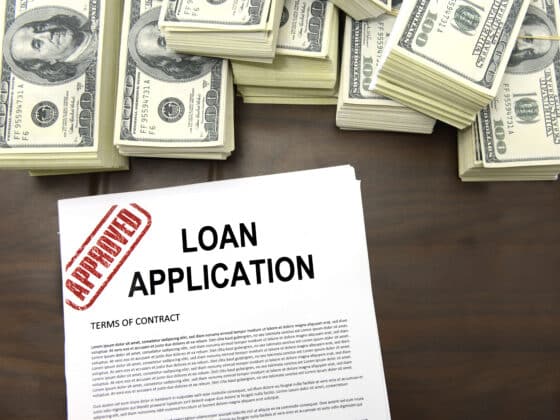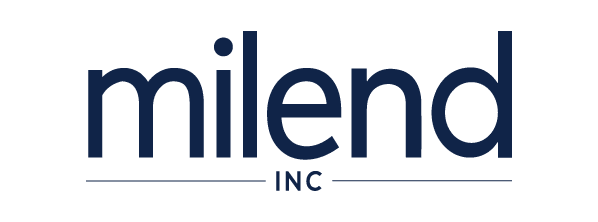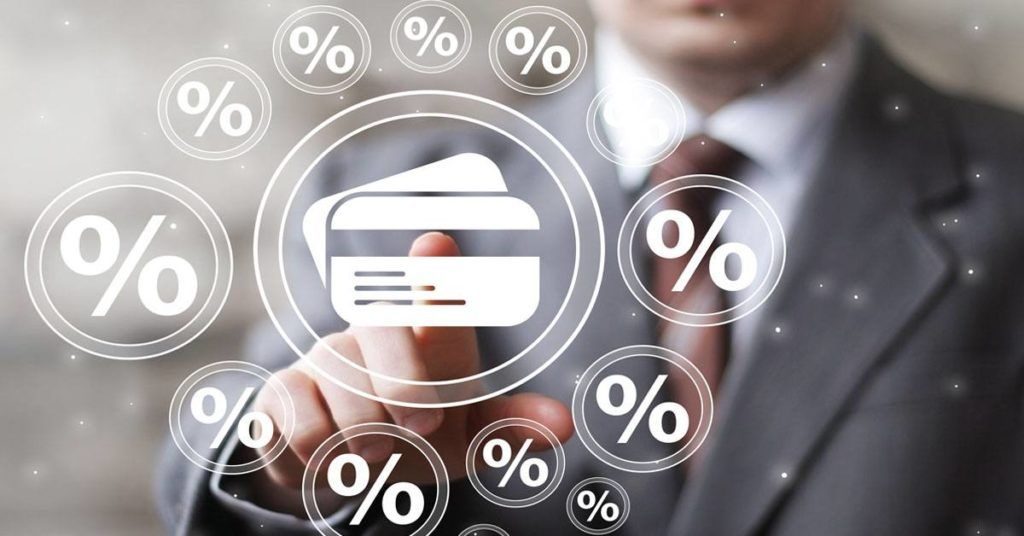How the Fed Rate Hike Impacts Mortgages, Credit Cards, and Auto Loans
The recent announcement that the Federal Reserve Board was going to raise the rate by one quarter point has a lot of people wondering what that means for their wallet. This incremental increase might sound small but it could have some bigger impacts on your money over the long term in some areas. So if you are among the many who are confused about the effect it could have on your financial situation, let’s have a look at the numbers.
Mortgages
Fixed rates on thirty-year mortgages have already risen nearly a full point since October from 3.47% to 4.13%, which equals an extra $75 on a $200,00 mortgage. This increase is due in large part to 10-year Treasury bond yields moving nearly the same percentage up back in September. But for most short and long term rates, the quarter point increase has already been factored in since the announcement from the Fed had already been expected. However, if there are another two rate hikes of a quarter point, that could bring mortgage rates up to the tune of an extra $30 a month coming out of your pocket on a $200,000 mortgage.
Adjustable rate mortgages stand to feel a bigger effect from the increase. While these are usually modified on a year-to-year basis, you could find yourself paying more with a rise of half a percentage point over the next year. That would be very possible with the inclusion of the recently announced raise of a quarter point. What does it all mean in dollars and cents? You would be shelling out another $60 a month on that same $200,000 mortgage.
Auto Loans
This is one area that won’t feel as much of an impact than some others since the quarter point represents a small amount of additional money in relation to how much one might borrow on an auto loan. So if you have plans to purchase a new car in the coming months, many of the current components will remain the same in determining how much your payments would be.
For example, if you borrowed $25,000 to buy a car, the Fed rate hike really translates to little more than $3 extra per month. Over the course of a year it’s $36, hardly a make or break situation for someone eager to get behind the wheel of a new automobile. So when you’re ready to talk numbers, you still want to make sure you meet credit requirements and shop around for the best price, as you would whether the rate went up or not.
Credit Cards
The rate hike is also going to have a small but definite impact on your credit card. The majority of the cards on the market come with variable rates, so the Fed does have power to make some dramatic changes to your debt. With a hike of a quarter point, that breaks down to an additional $25 a year for each $1,000 you have in credit card debt.
Contact a MiLEND mortgage expert today to discuss the available options that will allow you to begin enjoying a lower monthly mortgage rate or term.

Your Ultimate Winter Home Preparation Guide
Read more...



